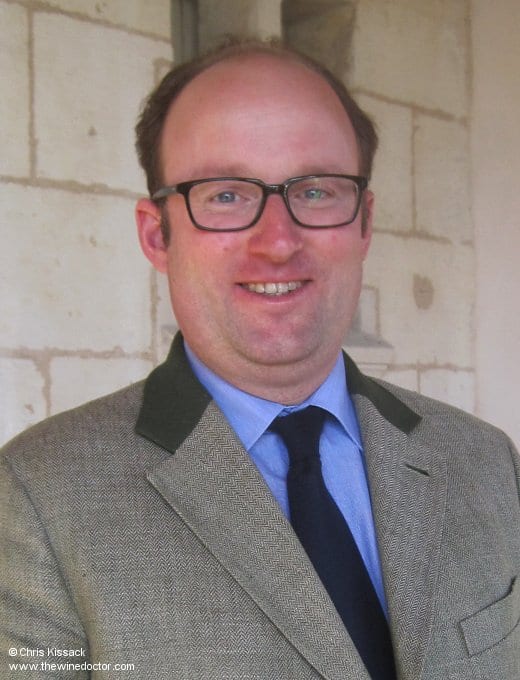The Clarendelle Portfolio, 2018
Although the modern-day face of Château Haut-Brion (and Château La Mission Haut-Brion for that matter) is Prince Robert of Luxembourg, you only need to look back a few decades – well, about eight decades, in truth – to find both properties in the possession of the American financier, Clarence Dillon. A Harvard-educated Texan and Prince Robert’s great grandfather, Dillon purchased Château Haut-Brion in May 1935, his arrival marking a turnaround in its fortunes. When Prince Robert (pictured) decided, at the turn of the century, to create a range of affordable wines to complement the high-ranking cuvées of his two estates, he was clearly thinking of his forebear when he christened the wines Clarendelle.
Made with fruit sourced from across Bordeaux (but including some from the Haut-Brion and La Mission Haut-Brion vineyards), at first the range incorporated just four wines, dry white, rosé and red, as well as a sweet white wine. The first vintage in which they appeared was 2002. They are not wines I taste very often, although I recall being impressed by the 2010 Bordeaux Rouge, tasted during a visit to the estate which was. coincidentally, the day it was being bottled. Prince Robert’s project was well-received, and in 2014 three new wines were added to the portfolio, featuring the St Emilion (perhaps not surprising, bearing in mind Prince Robert and team now have an obvious source of fruit in Château Quintus), Pessac-Léognan (again, the prime sources are obvious) and Médoc (your guess is as good as mine) appellations.
I took advantage of a recent visit to Château Haut-Brion to check out the four red wines in the portfolio, beginning with the basic Bordeaux Rouge, followed by the three appellation-specific wines. These are attractive wines, and while they did not immediately recall the quality of the 2010 vintage they certainly present a appealingly classical view of Bordeaux. They all have delightfully savoury aromatic profiles, and it is on the palate that the wines are differentiated. The basic Bordeaux and the St Emilion show lighter substance on the palate than the nose suggested, while the Pessac-Léognan and Médoc were more successful in holding my interest.

